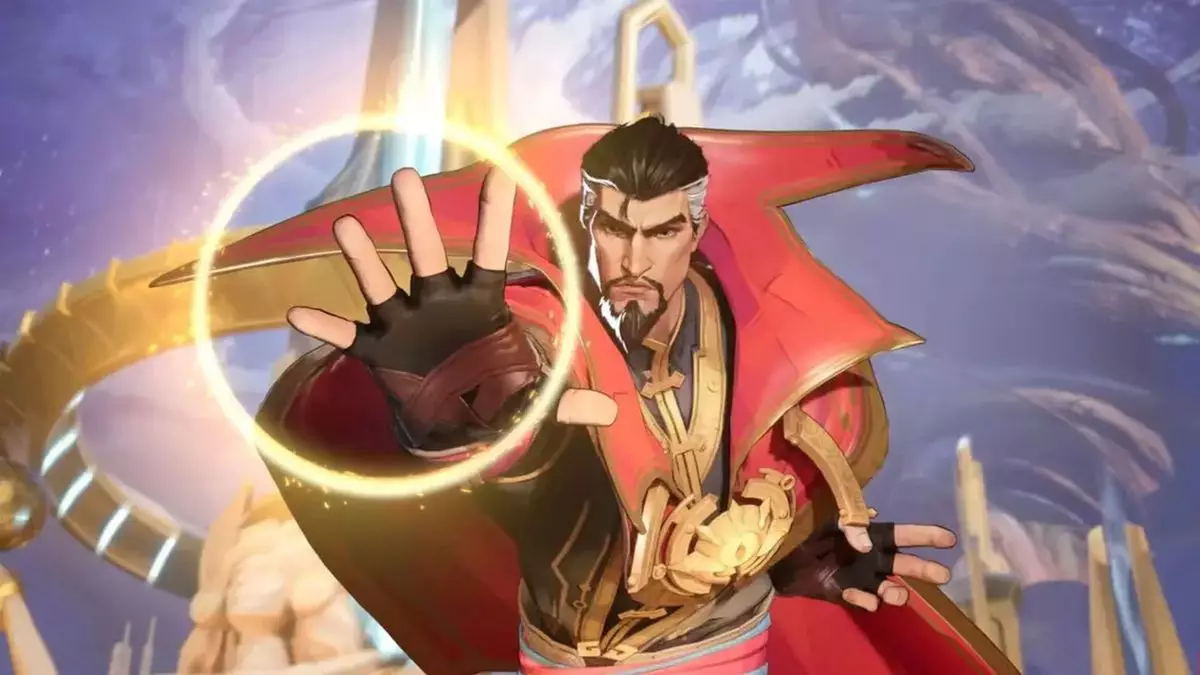The gaming world has recently turned its gaze toward NetEase Games as it triumphantly launches Marvel Rivals, a hero shooter that brings a fresh twist to the genre reminiscent of Blizzard’s Overwatch. The initial reception has been nothing short of phenomenal, with the game attracting over 10 million players within just 72 hours of its release. This explosive growth highlights not only the game’s appeal but also how quickly players are engaging with new content. The developer’s heartfelt acknowledgment of their player base reflects the community-driven ethos that has become increasingly essential in modern gaming.
The milestone achieved by Marvel Rivals invites comparison with juggernauts like Overwatch, which took significantly longer to reach similar player numbers. The original Overwatch, launched in 2016, attracted 25 million players over a span of eight months, which highlights the challenges emerging games face in a competitive landscape. However, with the rapid success of its sequel, which garnered impressive player statistics in a matter of days, the bar has been set higher for new contenders. The question looms: can Marvel Rivals sustain this momentum and eventually reach sky-high player counts akin to its predecessors?
One key factor behind Marvel Rivals’ early success could be attributed to its free-to-play model, lowering the entry barriers for players. In an industry where gaming costs can be a deterrent, offering a high-quality game for free often becomes a critical strategy for increasing a player base swiftly. The game’s launch coincided with a record-breaking user activity on platforms like Steam, suggesting that players are actively seeking new experiences, which bodes well for Marvel Rivals. Moreover, the decision to focus on PC and current-generation consoles, while avoiding fragmentation into mobile platforms, may help retain a dedicated community.
Despite the promising start, the road ahead presents its challenges. Player retention is crucial; initial excitement can quickly wane if updates and new content do not arrive promptly. Unlike some of its competitors who have expanded into mobile gaming—an avenue that significantly increases accessibility—Marvel Rivals’ focus on specific console platforms might limit its reach over time. Furthermore, competing against established franchises that have solidified their strengths in seasonal content, character diversity, and engaging gameplay will require continuous innovation from NetEase.
As Marvel Rivals stands at the threshold of its next phase, the gaming world watches closely to see if it can build on this early success. The developer’s intent to forge a community around the game will be vital in ensuring long-term engagement. While the game may have successfully launched with impressive player numbers, the challenge lies in transforming this initial burst of interest into a sustainable and thriving gaming experience. If NetEase can adeptly navigate the complexities of player expectations and evolving gameplay dynamics, Marvel Rivals may not only compete with established franchises but potentially carve out its unique identity in the volatile landscape of hero shooters.

